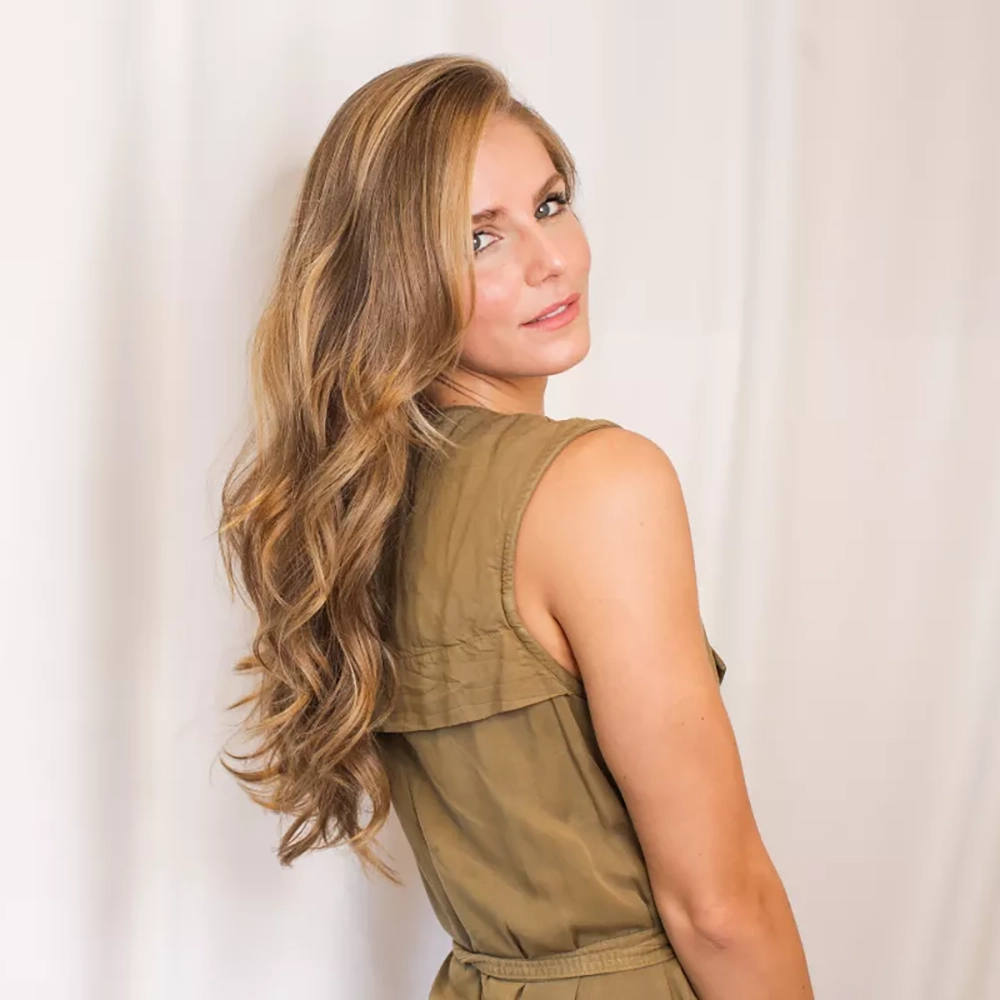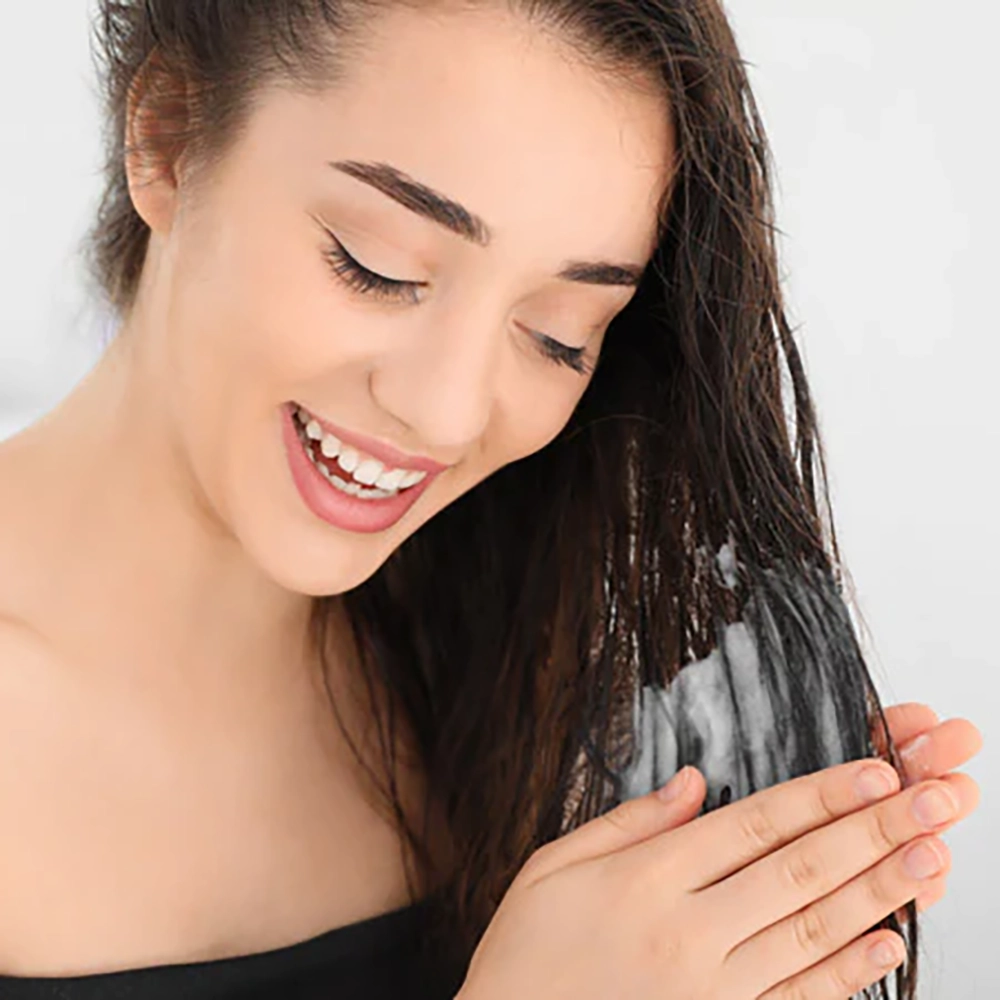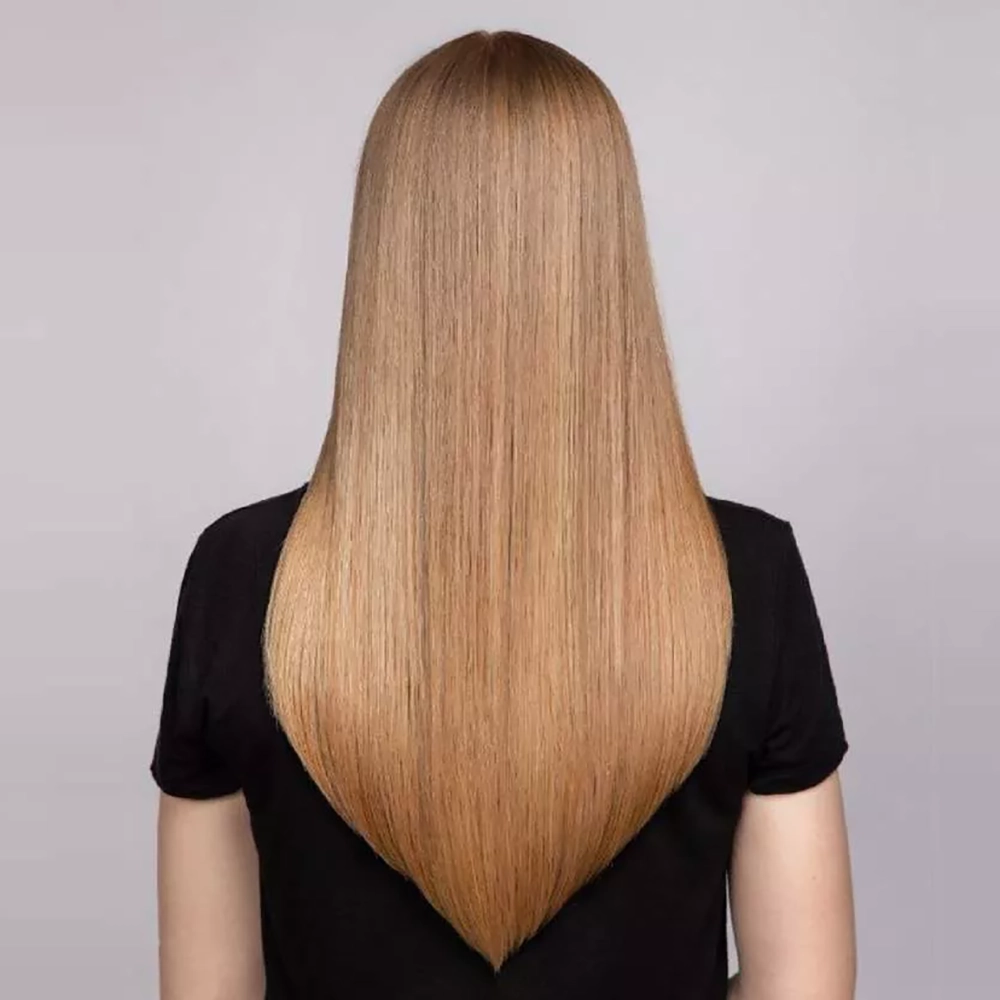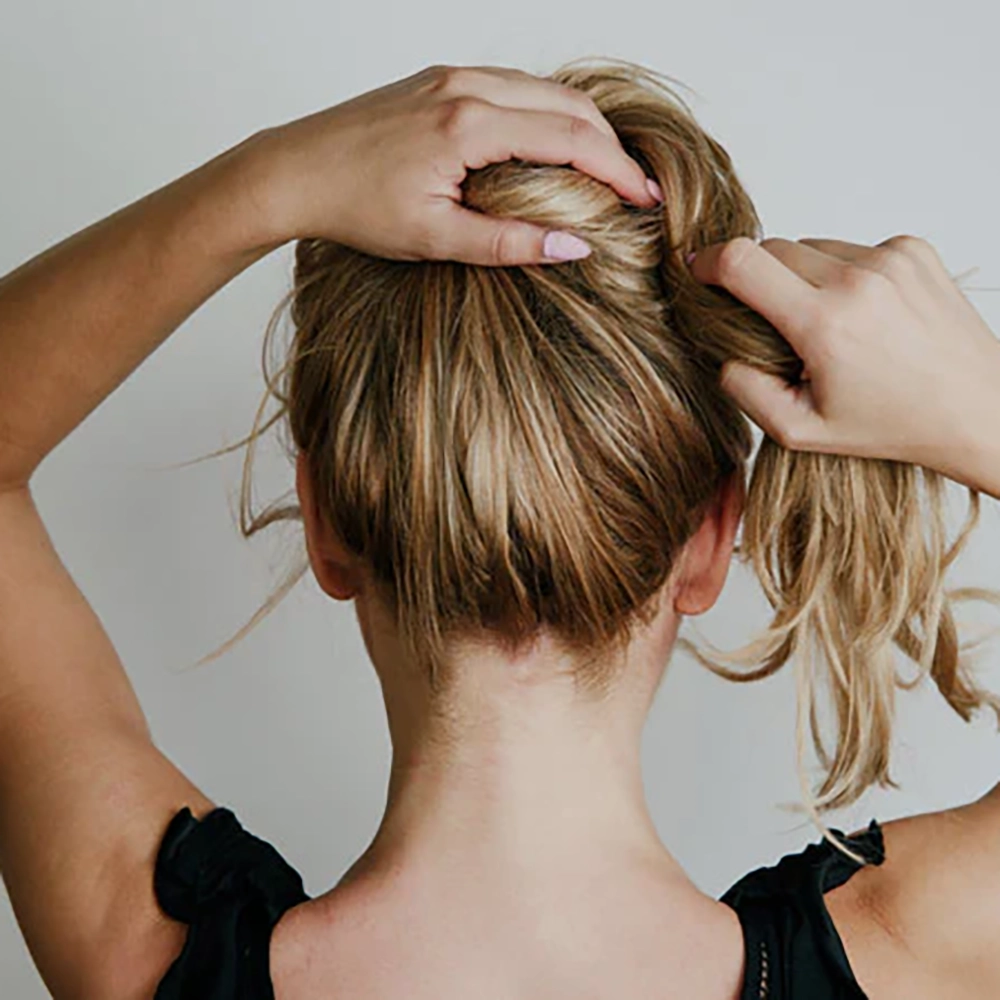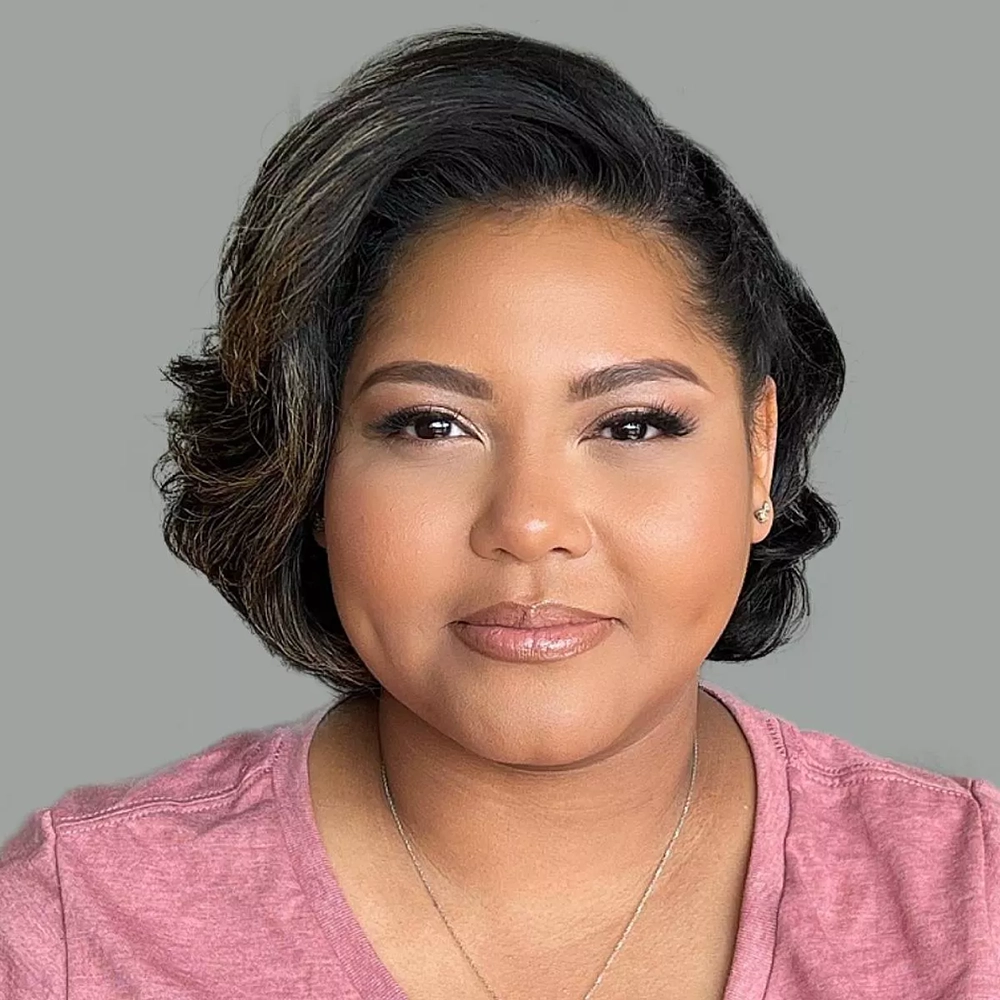Choosing the right hair care products
When it comes to choosing the right hair care products, it can feel overwhelming with the countless options available in the market. However, making the right choices for your hair can significantly improve its health and appearance. Choosing hair care products that are suitable for your specific hair type and concerns is crucial for obtaining desirable results. Whether you have dry, oily, damaged, or color-treated hair, understanding your hair’s unique needs is the first step towards finding the perfect products.
One key factor to consider is identifying your hair type. Is your hair fine or thick? Straight, wavy, or curly? This information will help you narrow down the product options that are best suited for your hair. For example, those with fine hair may prefer lightweight, volumizing shampoos, while individuals with curly hair may benefit from hydrating and defining products.
Additionally, consider your specific hair concerns and goals. Are you looking to reduce frizz, add shine, or repair damage? Some products are specifically formulated to address these issues, so choosing products that target your specific needs can help you achieve your desired results.
- Make a list of your hair care needs and priorities to help you stay focused when shopping.
- Read product labels and look for key ingredients that cater to your hair needs, such as hydrating ingredients like argan oil or strengthening ingredients like keratin.
- You can also check online reviews and recommendations from trusted sources or friends who have similar hair types or concerns.
| Hair Type | Recommended Products |
|---|---|
| Fine and Straight | Volumizing shampoos and lightweight conditioners |
| Curly | Hydrating shampoos, curl-enhancing creams, and leave-in conditioners |
| Damaged | Repairing shampoos and deep conditioning treatments |
| Color-Treated | Color-safe shampoos and conditioners, UV protection sprays |
Remember, trial and error may be necessary to find the perfect hair care products for you. It’s essential to give new products a fair chance by using them consistently for a few weeks to gauge their effectiveness. Give your hair time to adjust to any changes in products or ingredients, and don’t forget to listen to your hair’s needs along the way.
Establishing a regular hair care routine
Establishing a regular hair care routine is essential in maintaining healthy and beautiful hair. By following a consistent and thorough routine, you can ensure that your hair receives the proper care it needs to stay strong, shiny, and vibrant. Here are some key steps to include in your hair care routine:
1. Cleansing: Start your routine by choosing the right shampoo and conditioner for your hair type. Look for products that are formulated to address your specific concerns, whether it’s dryness, frizz, or color-treated hair. Remember to rinse your hair thoroughly to remove all traces of product.
2. Conditioning: Conditioning is crucial to nourish and hydrate your hair, especially after cleansing. Apply a generous amount of conditioner to the mid-lengths and ends of your hair, avoiding the roots. Leave it on for a few minutes before rinsing thoroughly.
3. Moisturizing: In addition to using conditioner, it’s important to regularly moisturize your hair to prevent dryness and breakage. Use a leave-in conditioner or hair oil to provide extra hydration and protection.
4. Protecting: Shield your hair from heat and styling damage by using heat protectant sprays or serums before using hot tools. These products can help minimize the harmful effects of heat, such as dryness and split ends.
5. Styling: Implement gentle styling techniques to avoid unnecessary tension and breakage. Avoid tight hairstyles that pull on your hair, and use soft hair ties or scrunchies instead of tight elastics.
6. Tending to Split Ends: Regular trims are essential to prevent split ends and maintain the overall health of your hair. Schedule a trim every 6-8 weeks to keep your ends looking fresh and avoid the need for more significant cuts in the future.
7. Protecting from UV Rays: Just like your skin, your hair is vulnerable to sun damage. Use hair products that contain UV protection to shield your hair from harmful sun rays.
A good hair care routine is a long-term commitment that requires consistency and patience. By establishing a regular routine and following these key steps, you can achieve healthier, more manageable hair. Remember to listen to your hair’s unique needs and adjust your routine accordingly. With time and care, you’ll be rewarded with beautifully nourished locks.
Nourishing your hair from within
Nourishing your hair from within is an essential aspect of maintaining healthy and vibrant hair. While external hair care products play a significant role, it is equally important to focus on nourishing your hair internally. By providing your body with the right nutrients, you can enhance hair growth, improve hair strength, and achieve lustrous locks. Here are some valuable tips to ensure that you are nourishing your hair from within.
1. Balanced Diet: A well-balanced diet is crucial for maintaining healthy hair. Incorporate foods that are rich in vitamins, minerals, and proteins. Include fruits and vegetables like spinach, carrots, and sweet potatoes, which are high in vitamins A and C. Also, consume lean proteins like fish, eggs, and poultry, which provide essential amino acids for hair growth.
2. Hydration: Hydrating your body is not only important for overall health but also for hair health. Drink an adequate amount of water daily to keep your hair hydrated and prevent dryness. Dehydration can make your hair prone to breakage and dullness, so ensure you drink at least 8 glasses of water every day.
3. Supplements: Sometimes, it may be difficult to meet all your nutritional requirements through diet alone. In such cases, consider taking supplements that are specifically designed to support hair health. Look for supplements that contain biotin, vitamins B, C, and E, zinc, and omega-3 fatty acids. These nutrients are known to promote hair growth and strength.
In conclusion, nourishing your hair from within is essential to achieve healthy and beautiful hair. By following a balanced diet, staying hydrated, and considering supplements, you can provide your hair with the necessary nutrients it needs to thrive. Remember, healthy hair starts from within!
Content Rich:
- Choosing the right hair care products
- Establishing a regular hair care routine
- Protecting your hair from heat and styling damage
- Avoiding harsh chemical treatments
- Getting regular trims to prevent split ends
- Implementing gentle hair styling techniques
Table:
| Nutrient | Benefits | Food Sources |
|---|---|---|
| Vitamin A | Promotes healthy scalp and hair growth | Spinach, carrots, sweet potatoes |
| Vitamin C | Helps in collagen production for hair strength | Strawberries, citrus fruits, bell peppers |
| Proteins | Building blocks for hair structure and growth | Fish, eggs, poultry |
| Biotin | Improves hair strength and prevents breakage | Nuts, seeds, eggs |
| Zinc | Supports healthy hair growth and repair | Red meat, oysters, lentils |
| Omega-3 Fatty Acids | Reduces hair loss and promotes scalp health | Fatty fish, flaxseeds, chia seeds |
Protecting your hair from heat and styling damage
When it comes to hair care, protecting your locks from heat and styling damage is crucial in maintaining strong and healthy hair. With the constant use of hair dryers, curling irons, and straighteners, our hair can become dry, brittle, and prone to breakage. However, with a few simple steps, you can easily protect your hair from the damaging effects of heat and styling tools.
One of the best ways to safeguard your hair from heat damage is by using a heat protectant spray or serum. These products act as a barrier between your hair and the high temperatures, reducing the harm caused by direct heat. Before using any hot tools, make sure to thoroughly coat your hair with a heat protectant, paying extra attention to the ends of your hair, as they are more vulnerable to damage.
Additionally, it is essential to adjust the heat settings on your styling tools. While it may be tempting to crank up the heat for quick and effective styling, it is important to remember that excessive heat can lead to severe damage. Always start with the lowest heat setting and gradually increase if necessary. Using lower heat settings not only protects your hair but also helps to prevent unnecessary moisture loss.
Incorporating regular deep conditioning treatments into your hair care routine is another effective way to protect your hair from heat and styling damage. Deep conditioners provide intense hydration, nourishment, and repair to your hair, revitalizing it after exposure to heat and styling tools. Look for deep conditioning masks or treatments that contain hydrating ingredients such as argan oil, shea butter, or keratin. Applying a deep conditioner once a week can significantly improve the health and resilience of your hair.
Furthermore, it is crucial to give your hair a break from heat and styling tools whenever possible. Embrace your natural hair texture and opt for heatless hairstyles on occasion. Braids, buns, and updos can be stylish and trendy alternatives that protect your hair from excessive heat damage. By reducing the frequency of heat styling, you allow your hair to recover and regain its natural strength and shine.
To summarize, protecting your hair from heat and styling damage is essential for maintaining its health and preventing breakage. Using a heat protectant, adjusting heat settings, incorporating deep conditioning treatments, and opting for heatless hairstyles are all effective ways to safeguard your hair from the harmful effects of heat and styling tools. Remember, taking these proactive steps will lead to healthier, stronger, and more beautiful hair in the long run.
Avoiding harsh chemical treatments
When it comes to hair care, it’s important to be mindful of the products and treatments we use. Many hair care products contain harsh chemicals that can damage our hair over time. It’s essential to avoid these harsh chemical treatments in order to maintain healthy and strong strands. While it may be tempting to try the latest hair trends or achieve instant results, it’s crucial to prioritize the long-term health of our hair.
One of the first steps in avoiding harsh chemical treatments is to educate ourselves on the ingredients commonly found in hair care products. Sulfates, such as Sodium Lauryl Sulfate (SLS) and Ammonium Lauryl Sulfate (ALS), are commonly used in shampoos and can strip our hair of its natural oils, leading to dryness and damage. Parabens, such as methylparaben and propylparaben, are preservatives that have been linked to potential hormone disruption. Formaldehyde and formaldehyde-releasing agents, such as methylene glycol or formalin, are often found in hair straightening treatments and can cause severe damage and scalp irritation.
To avoid these harsh chemicals, it’s important to read the labels of our hair care products. Look for natural and organic alternatives that are free from sulfates, parabens, and other harmful ingredients. There are many brands available today that offer clean and environmentally-friendly hair care options.
In addition to choosing the right products, it’s essential to be mindful of the treatments we undergo in hair salons. Chemical treatments such as hair color, perms, and relaxers can be damaging to our hair if not done correctly or excessively. It’s important to consult with a professional hairstylist who understands the potential risks and can provide safe alternatives or techniques.
Avoiding harsh chemical treatments also means being gentle with our hair on a daily basis. Avoid excessive heat styling with tools such as straighteners, curling irons, and blow dryers. When using heat styling tools, always use a heat protectant spray to minimize damage. Avoid excessive brushing or pulling on wet hair, as it is more prone to breakage and damage. Embrace gentle hair styling techniques such as air-drying, braiding, or using soft hair ties to minimize stress on the hair strands.
In conclusion, avoiding harsh chemical treatments is crucial for maintaining healthy and strong hair. By educating ourselves on the harmful ingredients commonly found in hair care products and opting for natural alternatives, we can protect our hair from damage. It’s also important to be mindful of the treatments we undergo in hair salons and to be gentle with our hair on a daily basis. By implementing these practices, we can ensure that our hair remains vibrant and beautiful for years to come.
Getting regular trims to prevent split ends
Getting regular trims is an important aspect of hair care that is often overlooked. Many people believe that skipping trims will allow their hair to grow longer, but the reality is that neglecting regular trims can lead to split ends and damage. Split ends occur when the protective outer layer of the hair cuticle is worn away, causing the hair to split into two or more strands. Not only do split ends look unsightly, but they can also make your hair more prone to breakage and hinder its growth. Therefore, getting regular trims is crucial for maintaining healthy and beautiful hair.
One common misconception about getting trims is that it will significantly reduce the length of your hair. However, this couldn’t be further from the truth. When you get a trim, only the very ends of your hair are trimmed off, typically removing only about 1/4 to 1/2 inch. By removing these damaged ends, you are actually promoting healthier hair growth. Without regular trims, split ends can continue to travel up the hair shaft, causing more damage and resulting in the need for even more length to be cut off in the future.
Another benefit of regular trims is that they can help maintain the shape and style of your haircut. As your hair grows, it can start to lose its intended shape and look less polished. By getting regular trims, you can ensure that your hairstyle stays fresh and well-maintained. Additionally, regular trims can also help manage any layers in your hair, preventing them from becoming uneven or unkempt.
- Regular trims prevent split ends and breakage.
- Getting trims does not significantly reduce hair length.
- Trims help maintain the shape and style of your haircut.
| Benefits of Regular Trims |
|---|
| Prevents split ends and breakage |
| Does not significantly reduce hair length |
| Helps maintain the shape and style of your haircut |
Implementing gentle hair styling techniques
Gentle hair styling techniques are essential to maintaining the health and beauty of your hair. Many styling methods can cause damage to the hair shaft, leading to breakage, split ends, and overall dullness. By adopting gentle techniques, you can achieve stunning hairstyles without compromising the integrity of your hair.
One of the most important techniques for gentle hairstyling is to use the right tools. Invest in high-quality brushes and combs made with natural bristles or wide-toothed designs. These tools minimize breakage and reduce the risk of pulling and tugging on your hair. Additionally, avoid using elastic bands or rubber bands that can cause hair breakage. Opt for hair ties made of soft fabric or scrunchies that are gentle on your hair.
Another gentle hair styling technique is to be mindful of the amount of heat you apply. Heat styling tools like blow dryers, straighteners, and curling irons can be damaging to the hair if used excessively or at high temperatures. Whenever possible, let your hair air dry or use the lowest heat setting on your blow dryer. Apply a heat protectant spray or serum before using hot tools, and limit the frequency of heat styling to protect your hair from excessive damage.
- Choose heat-free styling methods such as braids, buns, or twists to create beautiful hairstyles without subjecting your hair to heat damage.
- Avoid pulling or tightly tying your hair, as it can lead to breakage and hair loss. Instead, opt for loose or relaxed hairstyles that allow your hair to move freely.
- When brushing or combing your hair, start from the ends and gradually work your way up to prevent unnecessary tugging and breakage. Be gentle and patient, especially when detangling knots or snarls.
In conclusion, implementing gentle hair styling techniques is crucial for maintaining healthy and beautiful hair. By using the right tools, minimizing heat exposure, and being mindful of your hairstyling methods, you can achieve stunning hairstyles while keeping your hair in optimal condition. Remember to be gentle and patient with your hair, as it deserves the utmost care and attention.



